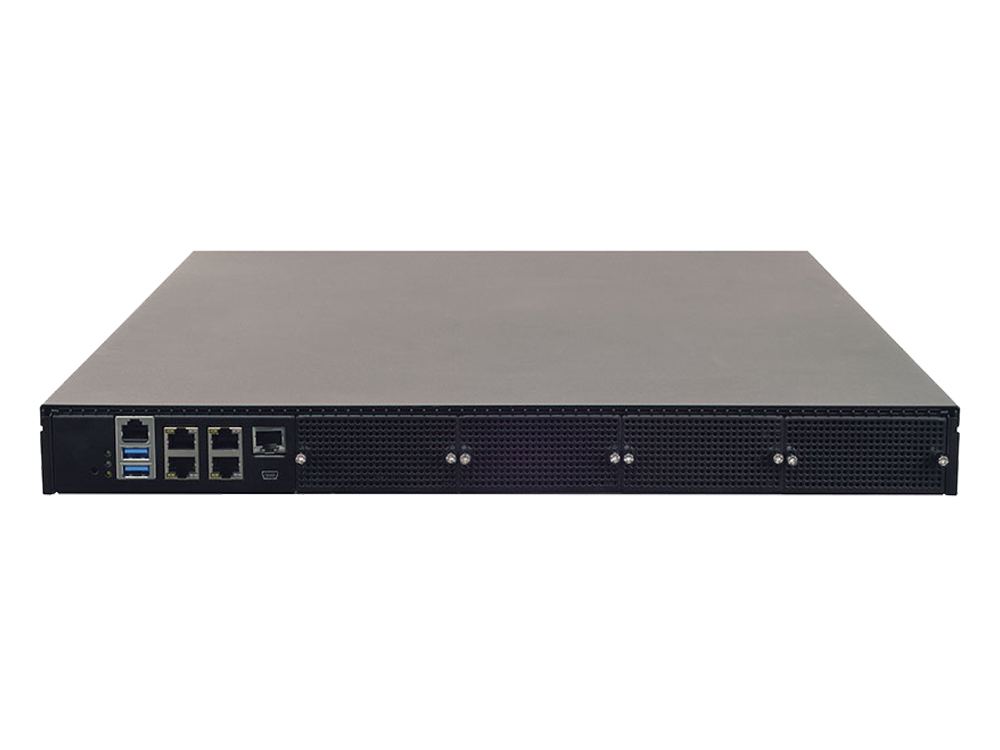As the world is changing, the workforce has begun shifting to distributed locations. This teleworking model, ultimately, has accelerated the need to adopt multi-cloud platforms and services, which already caused security concerns to arise and compelled the companies and IT professionals to rethink their security approach.
SD-WAN is apparently most organizations stick with; the NetworkWorld 2020 research shows that over 70% of the organizations are either researching or already have SD-WAN in production.
While the software-based SD-WAN is mostly relied on by organizations to help manage the connectivity and services across geographically dispersed data centers and branches, what challenges them is the lack of security/access control to protect their enterprise network in the cloud. Turning to multiple- point security alternatives, the companies are confronted with complex administrative issues, increased costs, and management complexity. At the same time, with nearly 70% of enterprise organizations migrating data for ERP applications to the cloud, stated in a 2019 report by the Cloud Security Alliance, the need for a comprehensive security solution for the use of public clouds is even imminent.
SASE Defined
Hence proposed by Gartner a new enterprise cybersecurity model for cloud-based networking — Secure Access Service Edge (SASE). This new technology category can combine the capabilities of a network with comprehensive security point solutions, such as firewall as a service (FWaaS) and Zero Trust network access (ZTNA), into a cloud-native mobile service.
SASE Versus SD-WAN Comparison
The two networking technologies, SASE and SD-WAN, though very much different in nature, serve the same purpose of connecting distributed endpoints to a central point where resources and services are available. You can look at their difference as that of files sharing between within an intranet and over Dropbox service:
| SASE | SD-WAN | |
| Purpose | To connect distributed organizations in a flexible approach | |
| History |
Emerging: |
Mature: |
| Focus |
Cloud: |
Branches: |
| Architecture | A distributed architecture composed of endpoints as private data centers or as a cloud | A centralized architecture in the headquarters (usually managed remotely by the service provider) |
| Where networking or security functions reside | Endpoints | Center (in boxes at a headquarters or virtualized networking devices throughout the network) |
It is no doubt the convergence of SASE and cloud-managed SD-WAN can best represent and carry out the ideal distributed, flexible, adaptive, and agile cloud-based solution. SD-WAN is a prerequisite on the path toward secure network transformation, due to its unquestionable capabilities to optimize bandwidth and ensure connectivity in mission-critical mobile environments.
Benefits of SASE and SD-WAN Convergence
With SASE combined with SD-WAN, enterprises can benefit from:
- Simplified network infrastructure and management
- Comprehensive and consistent security approach against cyberattacks
- Reduced costs with a single unified platform
- Fast deployment of delivering protection without the need to set up traditional IT infrastructure
- Immediate secured user access to the enterprise network
Lanner’s Offering
Lanner has already heard and understood customer’s needs for their own SASE solutions without extra effort/costs of building disparate architectures. With NCA-5710, powered by 2nd gen Intel® Xeon® Processor Scalable Family and Intel® C627/C621 chipset, featuring optimized computing power and virtualization capacity, 4x NIC module slots and up to 384GB DDR4 system memory, you can embark on your cloud journey accompanied by SD-WAN plus SASE as a single solution.







